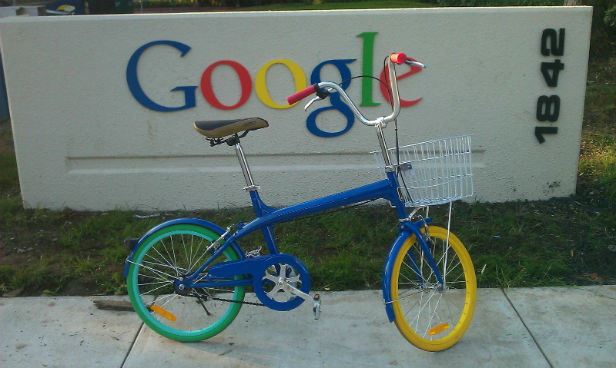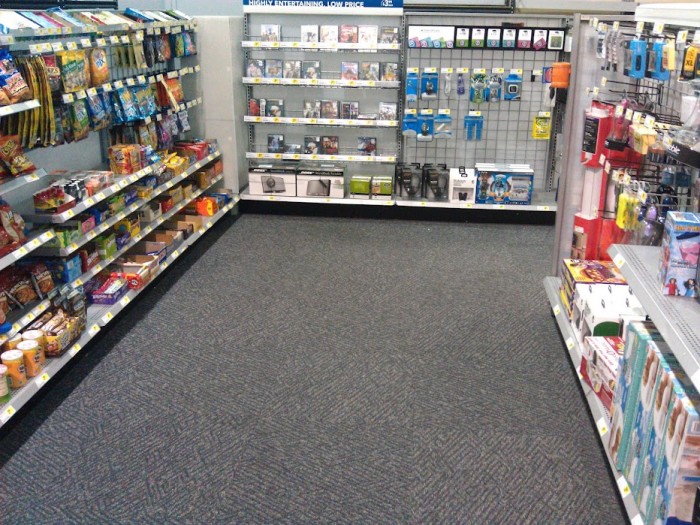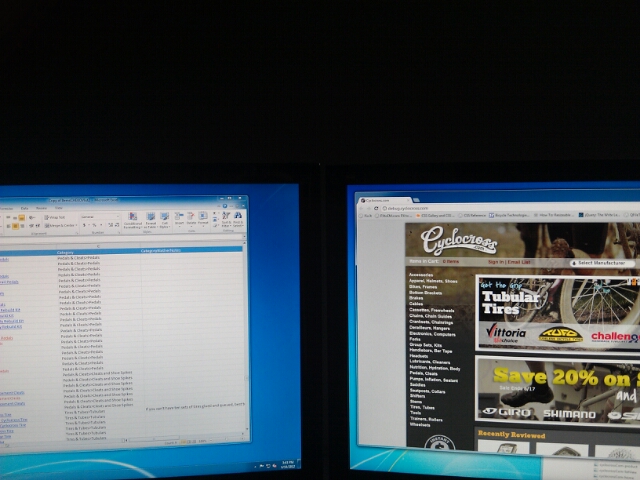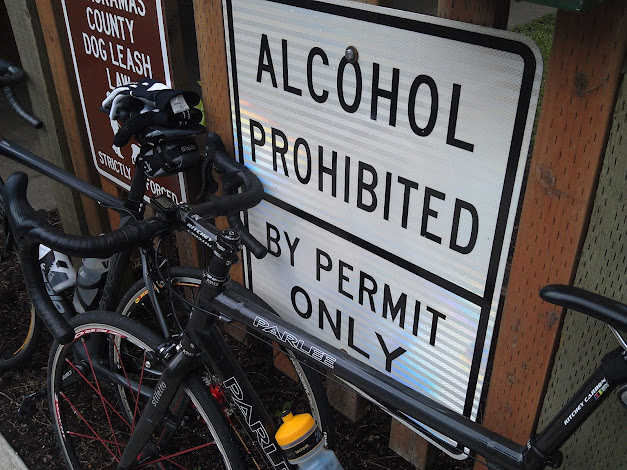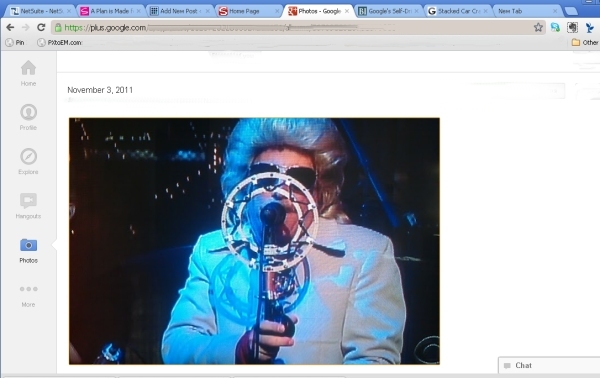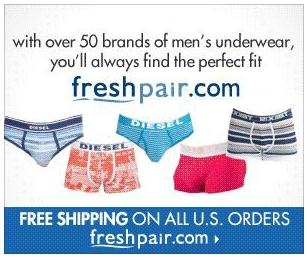
Rick Vosper has published a really interesting post over at BicycleRetailer.com. Based on fresh data from the Gluskin-Townley group’s National Bicycle Dealer Association (NBDA) report, Vosper seems to pretty effectively dispel the myth of a “Big Three” stranglehold on independent bike dealers.
Except that maybe he doesn’t. As Vosper puts it:
Turns out there’s a total of 143 bike brands active in the US market (down from 150 last year). Moreover, in terms of which brands are tops in which shops and/or markets, it’s not Trek, Giant, or Specialized that leads the pack. Not Raleigh or Cannondale or Haro or Diamondback or Schwinn, or any of the top brands we’d all expect.
On a purely representative basis, the leading brand in the country is . . . ‘Other.’ And it has been for years.”
The suggestion is that smaller companies are, in aggregate, a serious force in the U.S. bicycle industry.
As much as I’d like to believe that, I just can’t. In the past, I did quite well with niche brands, and I wish others could too, but empirical data derived from something I call “walking into any bike shop in the U.S.” suggests neither Specialized nor Trek need fear any smaller companies.
A part of the disconnect might be the method used for gathering the data. According to Jay Townley, whose group conducted the research, the data was gathered “based on a survey of more than 300 independent bike shops,” where “the basic question” . . . “was to write in their bestselling bicycle brands, not numbers, but bestselling brands based on unit volume.”
Um, OK.
So the questioning was maybe a little subjective. Could that affect things? Poor Trek and Specialized tend to suffer from what I like to call the “Nickleback Syndrome”: they make shit-tons of money even while shop rats sometimes think it’s not cool to be a “Trek shop” or “Specialized shop.” That’s just the “freedom” twitch, wherein a dealer or shop rat doesn’t want to believe he’s bought and sold based on the whims of his vendor. No one admits to liking Nickleback. Yet they still come to your city and get suck all over it. Go figure.
But how accurate was the data? That’s the question. It’s possible the official Gluskin-Townley report describes how rigorously the data was checked against inventory management systems, etc. but, given my experience in bicycle retail, “rigorous” just isn’t a term that comes up all that often (come to think of it, “inventory management” doesn’t even come up very often).
I’m also not entirely clear how to square the notion that Specialized, Trek and Giant still likely dominate “in terms of total unit sales,” without being a “bestselling” brand. To me, then, this report raises more questions than it answers. Sure, we have Redline, Fuji and the QBP brands chipping away at market share, but if they’re effectively doing that, then how could it not be reflected in sales? As much as I want to believe in this report, taken at face value, it seems to suggest dealers are primarily flooring bike brands that don’t make them money.
What’s more, they’re flooring bikes that don’t make them money despite the pressures from their Big Three overlords to knock that shit off.
Seems wrong.
It’s possible the data is just skewed. We know “more than 300 independent bike shops” were used for this analysis. In the absence of hard data, we have to assume “more than 300” effectively means like “302.” If there are roughly 5000 IBDs in the U.S. that’d be about 6% of them that were polled. If we figure we’re down to 4500 IBDs and sort of put a thumb on the good news scale here, probably the most we can get is about 7-7.5% of dealers surveyed in this sample. Statistically, this should still be enough to give us a pretty accurate reading (low margin of error), but there tends to be wide variance between IDBs, meaning I could find 300 shops in the U.S. that don’t carry Trek or Specialized. Usually every larger town has one of those “also ran” shops that can’t get one of the Big Three (and may well be a better shop than those that can). This matters.
So I’m questioning how reliable this data can be–or even if it has any intrinsic value whatsoever. If you don’t sell Trek, you don’t represent them on your floor. If you polled 7% of the shops in the U.S., how many of those shops were selling Trek or Specialized? Wouldn’t that affect the results? When you can’t get the big brands, you represent the smaller brands. Call 300 shops that don’t sell Trek or Specialized, and you get a snap shot of what life is like at the bottom of the retail food chain, not how healthy the Big Three’s grip is around the neck of the U.S. bike dealer.
In other words, “representation” is a bullshit made-up term. More usable data would seem to be what revenue each brand is generating for that representative sample of retailers across the country. Ask each shop: what are your top ten bike lines, in terms of revenue? If your shop is filled with Raleighs because you can’t get Trek or Specialized, then way to go for you and Raleigh, but good luck breaking the $1.5M sales mark. What really matters is this: are you able to compete with the shop that has Trek or Specialized? That’s the real question. The report suggests an interesting variation based on total sales revenue: “At $300,000 or less, Trek is #7; Redline is #1. At $3000-5000, Trek is #2,Raleighis [sic] #1. Where Trek has its hold is in the million-plus-dollar retailers. Trek is not #1 in all regions of the country, nor are they #1 in all size stores. It varies.”
Well, yeah. Your store’s revenue varies based on whether or not you sell Specialized, Trek or Giant. If you can’t get those lines, good fucking luck making more than $300k a year. Wouldn’t that seem to be the opposite of Vosper’s point? To suggest this is evidence of some kind of “representational” pattern, I submit to you, is the worst kind of tail wagging dog argument. “Where Trek has its hold is in the million-plus-dollar retailers.” Yes, the ones making money.
Don’t get me wrong. I think Vosper has written a fascinating article, I love what he’s clearly wishing and hoping for here (even if I can’t believe in it), and I have a great deal of respect for what the Gluskin-Townley group tries to do (gathering data in this industry is like bailing out a leaking canoe with a spork), but don’t let’s get to dreaming up scenarios where the little guys can compete based on some mystical “representation” number. Vosper’s evocation of the Long-tail theory is apt here, but maybe not for the reasons he suggests. The vast majority of small shops cater to a smaller and more eclectic segment of the industry because that’s the only brand real estate left to them. Those smaller shops aren’t successful because they don’t have any of the Big Three brands–they’re successful despite not having them. It’s a testament to how hard most of those shops work to take care of customers.


